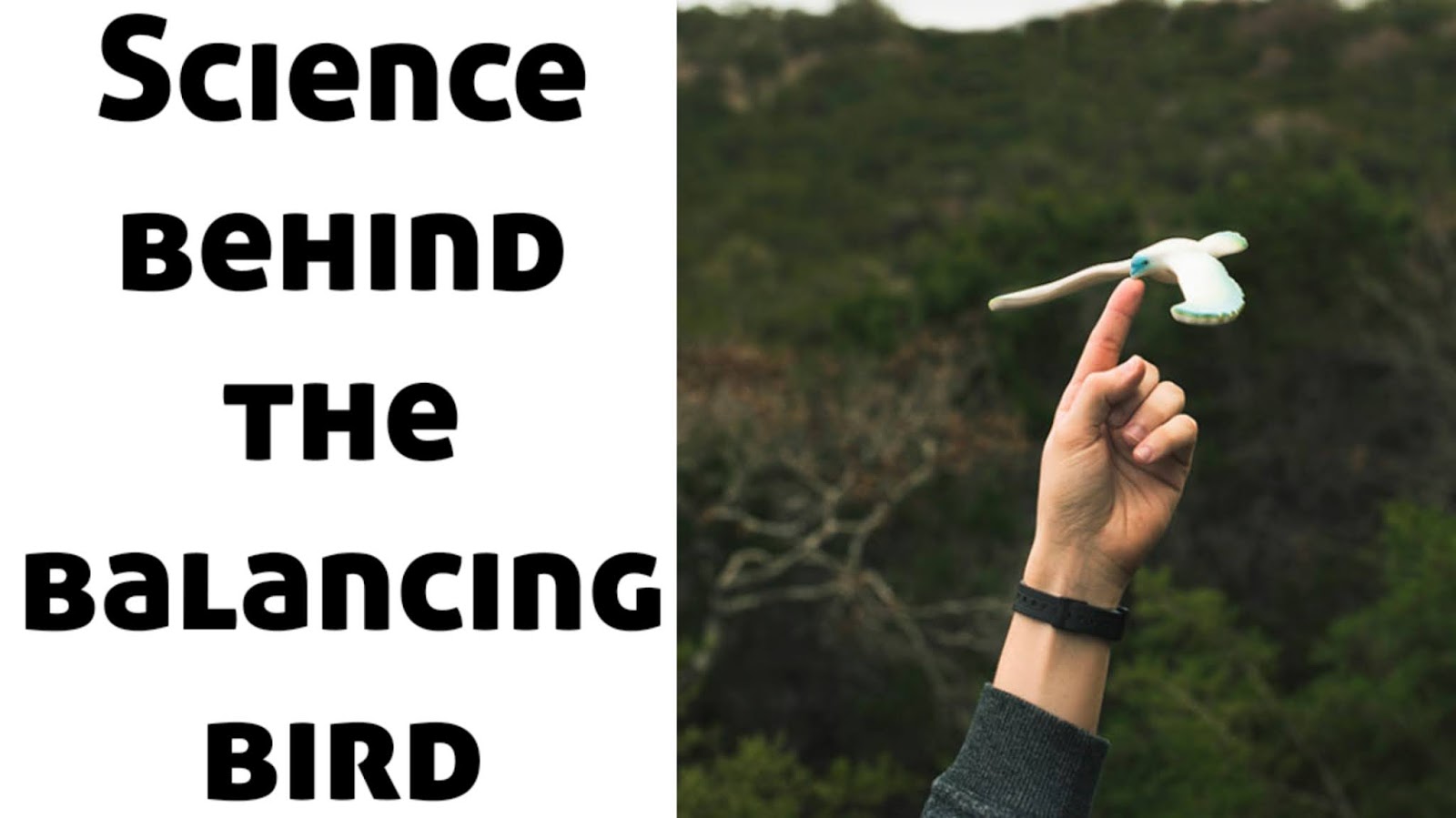Have you ever picked up the phone and said “Hello?” without even thinking about it? It’s such a natural habit that we rarely stop to ask why we do it or who decided that “hello” would be the word everyone uses when answering a call.
Let’s break down the real story behind this everyday word, how it became tied to telephones, and what it says about how people used to communicate.
The Origin of “Hello”
Before telephones even existed, people already used words like “hallo,” “hullo,” or “hollo” to get someone’s attention. These words date back to the 1800s and were often used to shout across distances, something like saying “Hey!” or “Yo!” today.
In fact, the word “hello” appears in print as early as 1827, long before anyone thought about making a phone call. It wasn’t a formal greeting back then — just a way to call out or show surprise.
Bell vs. Edison: The Battle of Greetings
When Alexander Graham Bell invented the telephone in 1876, he had a very different idea for how people should answer it.
Bell thought the best greeting for the new invention was “Ahoy!”, the same word sailors used when hailing a ship. He even used it himself every time he made a call.
But Thomas Edison, who improved the telephone’s design and helped make it practical for business use, didn’t agree. Edison argued that “hello” was clearer, easier to understand, and more natural for everyday people.
He suggested that “Hello” should be the standard way to start a phone conversation, and it stuck.
How “Hello” Became the Official Phone Greeting
When telephone switchboards were introduced in the 1880s, operators were trained to say “Hello” when connecting calls. It quickly became the polite, expected way to begin a conversation.
By the late 19th century, telephone books and etiquette guides even included instructions saying that “Hello” was the proper word to use when picking up the receiver.
From that moment, “hello” became more than just a word; it became a symbol of communication in the modern world.
Fun Fact: “Hello Girls” and Early Telephone Operators
The first telephone operators were mostly young women, often called the “Hello Girls.”
They played a huge role in making the telephone system friendly and efficient. Their calm, polite voices set the tone for how phone conversations should begin with a warm and welcoming “Hello!”
Why We Still Say “Hello” Today
Even with modern technology, smartphones, video calls, and AI voice assistants, “Hello” hasn’t gone away. It’s short, universal, and instantly recognisable. It’s not just a word; it’s a signal that you’re ready to connect.
And while we now have new greetings like “Hey,” “Hi,” or even “Yo,” nothing feels quite as natural as that simple “Hello.”
Quick Summary
| Reason | Explanation |
|---|---|
| Historical Origin | “Hello” existed long before telephones; it was used to attract attention. |
| Edison’s Influence | Thomas Edison promoted “Hello” as the standard phone greeting. |
| Telephone Operators | Early switchboard operators used “Hello,” spreading its popularity. |
| Cultural Impact | “Hello” became a symbol of connection and politeness. |
Final Thoughts
Every time you pick up your phone and say “Hello,” you’re continuing a tradition that started more than 140 years ago. What began as a small debate between inventors became one of the most universal habits in human communication.
So next time your phone rings, remember that a simple “Hello” carries a bit of history every time you say it.






0 Comments